12-Month Gardening Tips
Let us help you get the most from your garden with this season-by-season guide to better yields and greater enjoyment. Select a month below to get started.
January
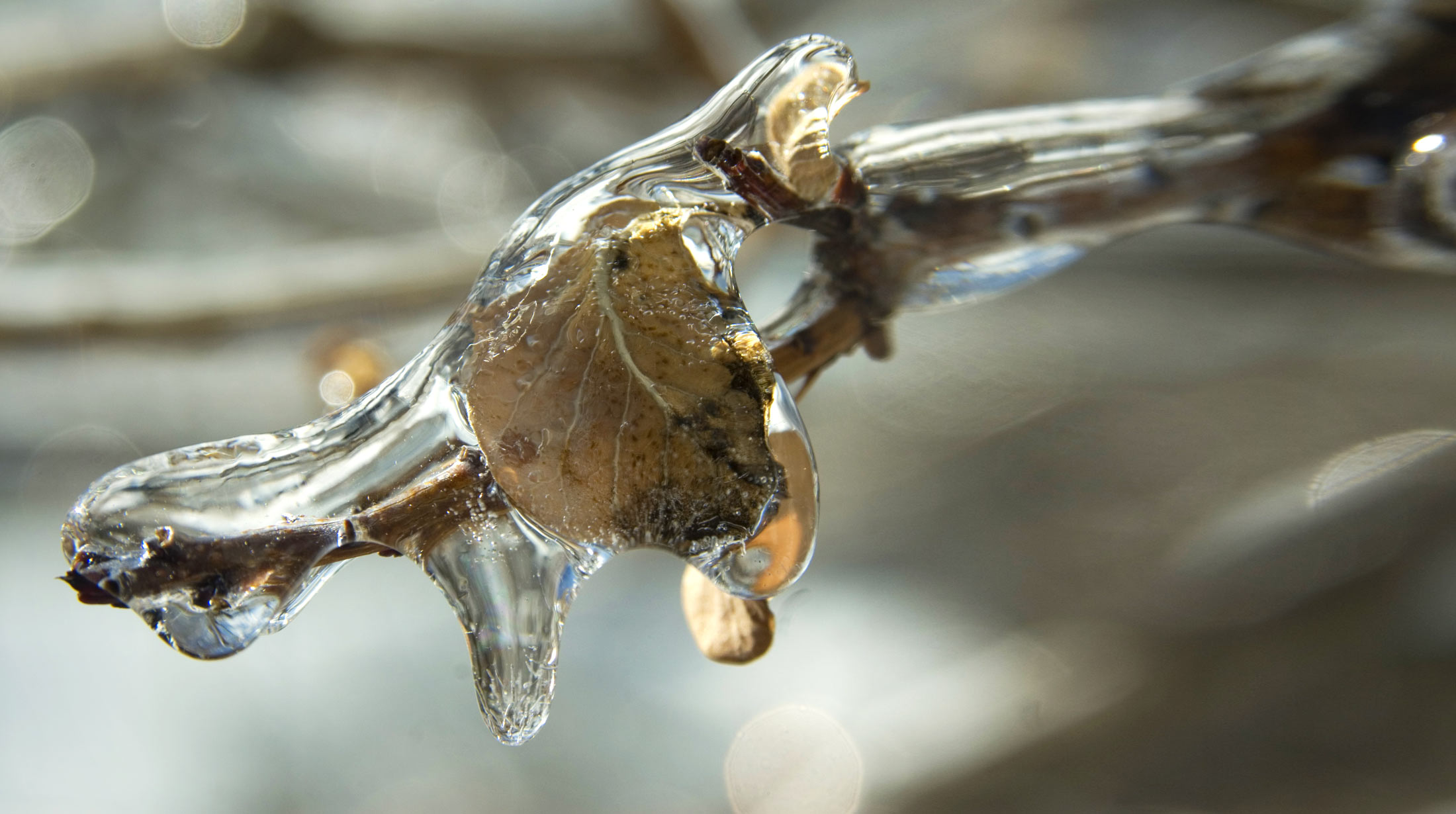
- Go through that stack of gardening catalogs and place orders now for seeds. You'll get them in time for starting indoors. Use our Tips for Smart Seed Shopping to help you make your selections.
- Take a walk around your garden and re-plant any perennials that have heaved out of the soil due to the freeze/thaw cycle.
- Use sand to provide traction on walks. Use de-icing compounds only if absolutely necessary.
- As seeds arrive, take note of any recommendations to plant indoors in advance of placing in the garden, and mark each packet accordingly.
- In your basement, set up fluorescent tube lights on chains for seed starting.
February
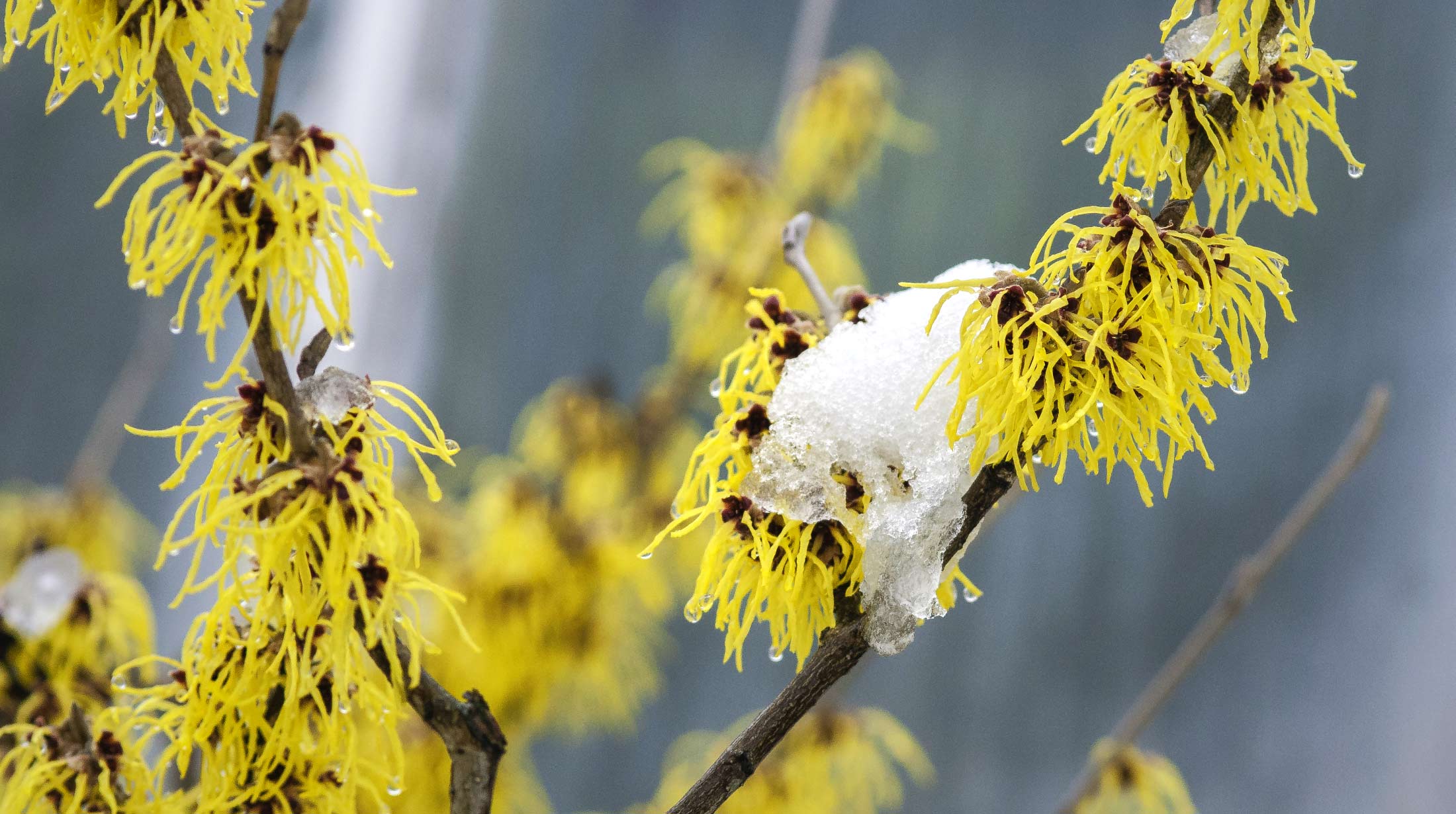
- Start perennial seeds indoors. Some will bloom the first year if started early enough.
- Bring in branches of Cornus mas, cornelian cherry dogwood, and put them in a vase to bring a touch of spring indoors.
- Order a new perennial or shrub to try this year.
- Take a walk around the garden and look for the first signs of spring.
March
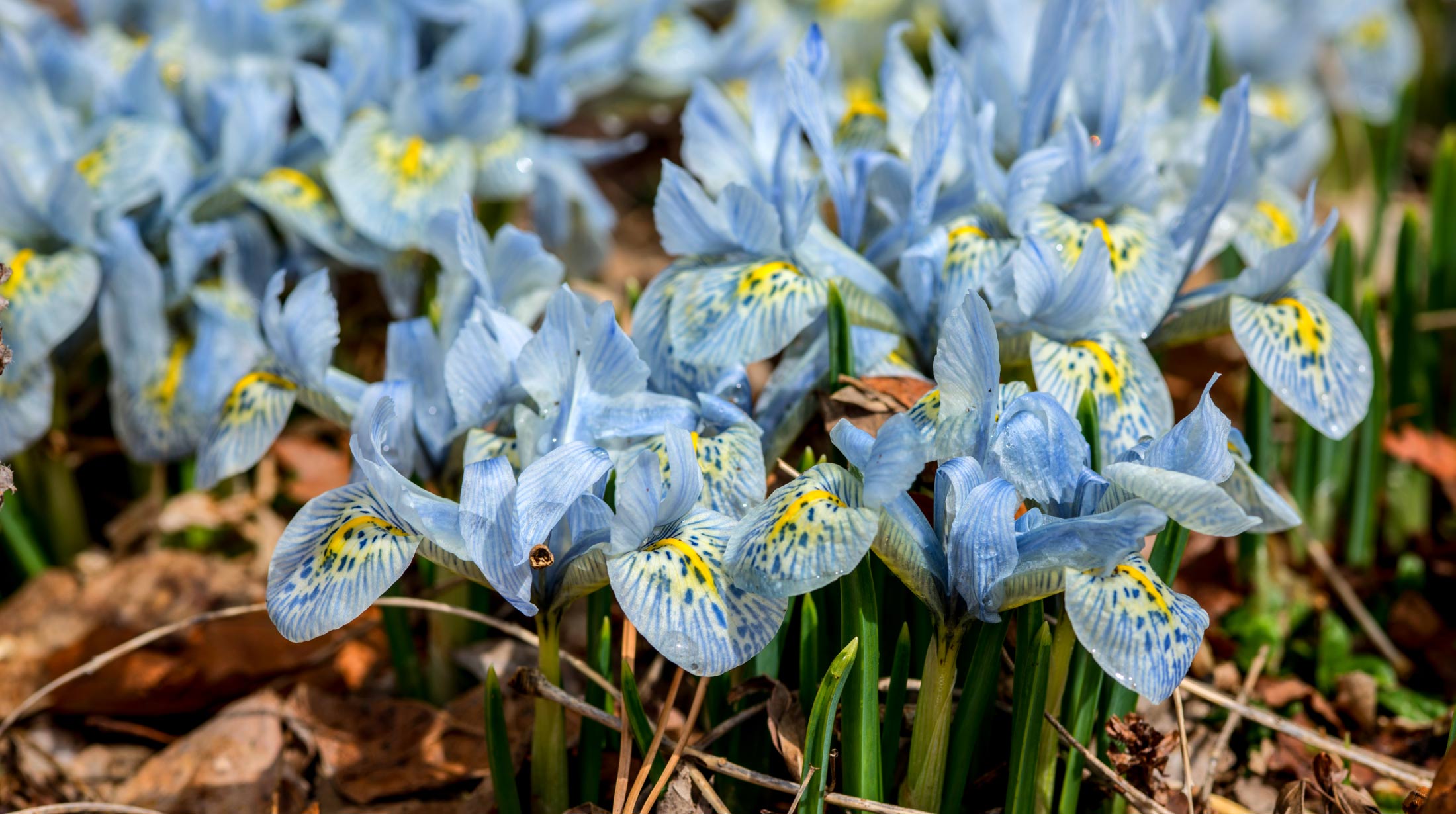
- Wait to work the soil until it has a chance to dry out a bit. Pick up a handful and squeeze. If it oozes between your fingers, it is too wet.
- Start more seeds indoors for planting outside later. Use our Tips for Smart Seed Shopping to help you make any last selections.
- In the garden, plant seeds for peas for an early crop of this cool-season vegetable.
- Plant sweet pea seeds for a fragrant, old-fashioned flower.
- Now is the best time of year to complete major pruning on shrubs. Thin out multi-stemmed shrubs for increased air circulation. Remove the tallest stems back to a Y to reduce height.
- Bring in and force branches of forsythia and quince.
- Cut red and yellow twig dogwoods to the ground to encourage new stems for good coloration next year.
April
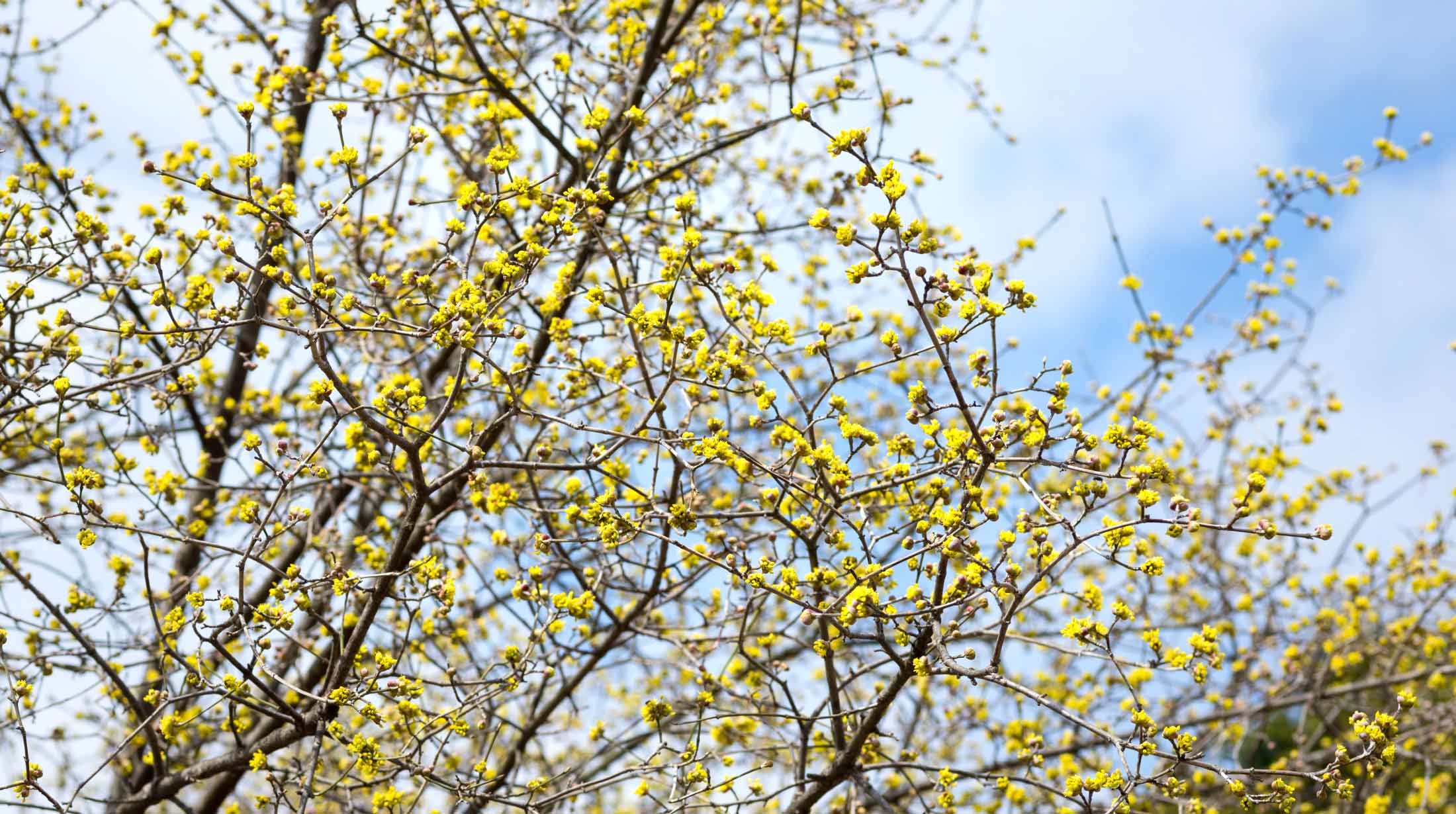
- Clean and fill the birdbath.
- Cut back perennials that were left standing over the winter, being careful not to damage new growth.
- Look around and take notes on where you want to plant bulbs this fall for bloom next spring and in years to come.
- Start seeds indoors for most annuals and vegetables.
- Cut ornamental grasses back to 2 – 4 inches by mid-April.
- Rake leaves and fallen twigs from the lawn. Put them in a compost pile.
- Apply corn gluten to the lawn as an organic, pre-emergent weed control.
- Plant pansies for early color in the garden.
- Sharpen mower blades for a clean cut.
- Begin to plant perennials in the garden.
- Plant hardy vegetables in the garden, including lettuce, cabbage, peas, onions and leeks.
- As spring bulbs finish blooming, allow their foliage to die back naturally. The leaves need to carry out photosynthesis to make food that will provide energy for next year's bloom.
May
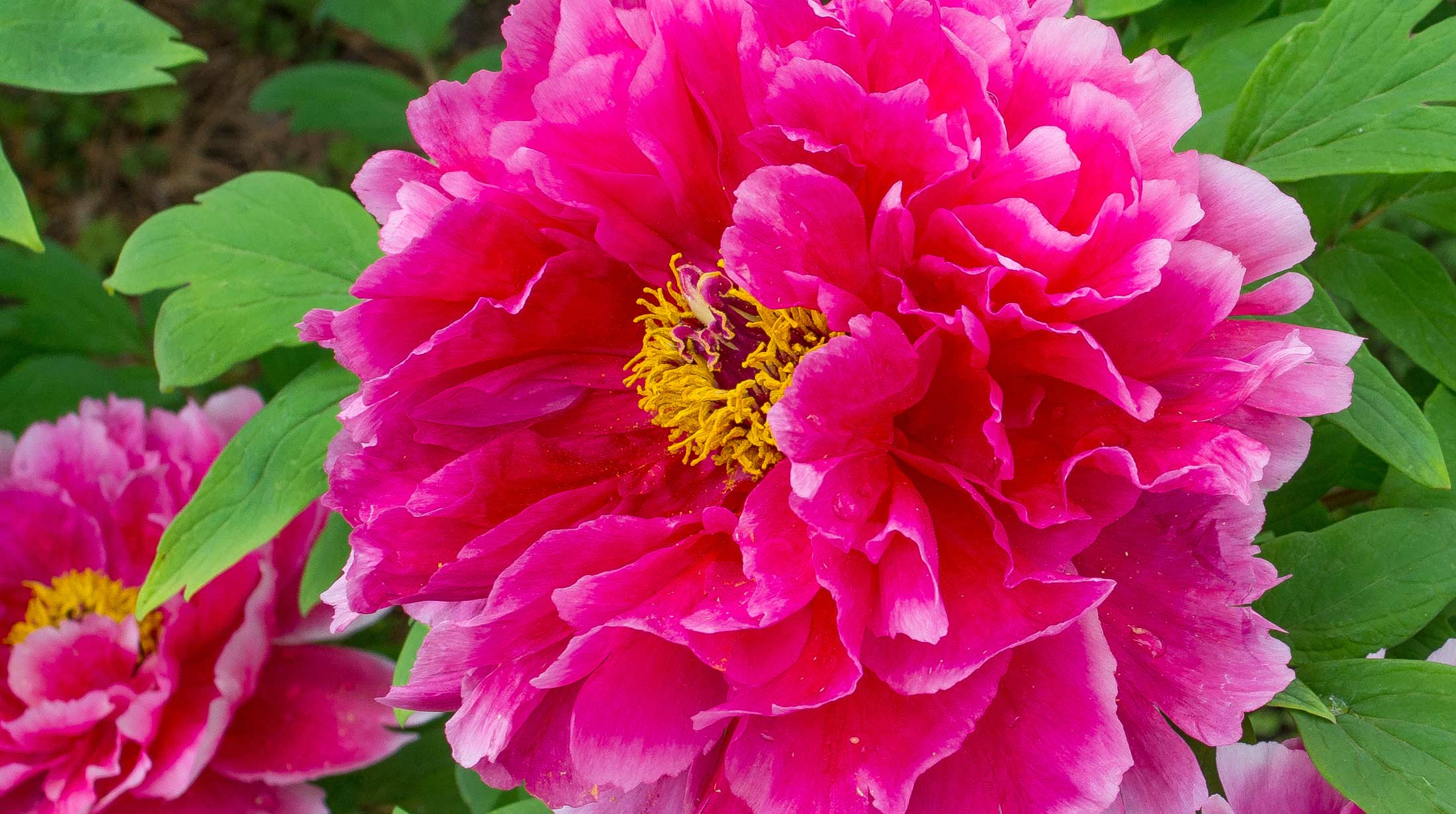
- Harden off annuals and vegetables for one to two weeks before planting outside. To do this, gradually increase exposure to sunlight, temperature changes, air movement and soil moisture variations by putting plants outside for a few hours a day, increasing the time over the two weeks.
- Put out hummingbird feeders to welcome hummingbirds back to the area for the season.
- Plant annuals in the garden in mid-May; be prepared to cover them on cold nights, especially if you plant earlier.
- Plant tomatoes and peppers in the garden toward the end of the month.
- Try self-watering containers, available in many mail order catalogs and at some local garden centers. These will give you a bit of a cushion when you aren't home to water every day. Remember that, in most cases, the bigger the better for increased soil volume.
- Plant dahlia tubers in the garden once the danger of frost has passed.
June
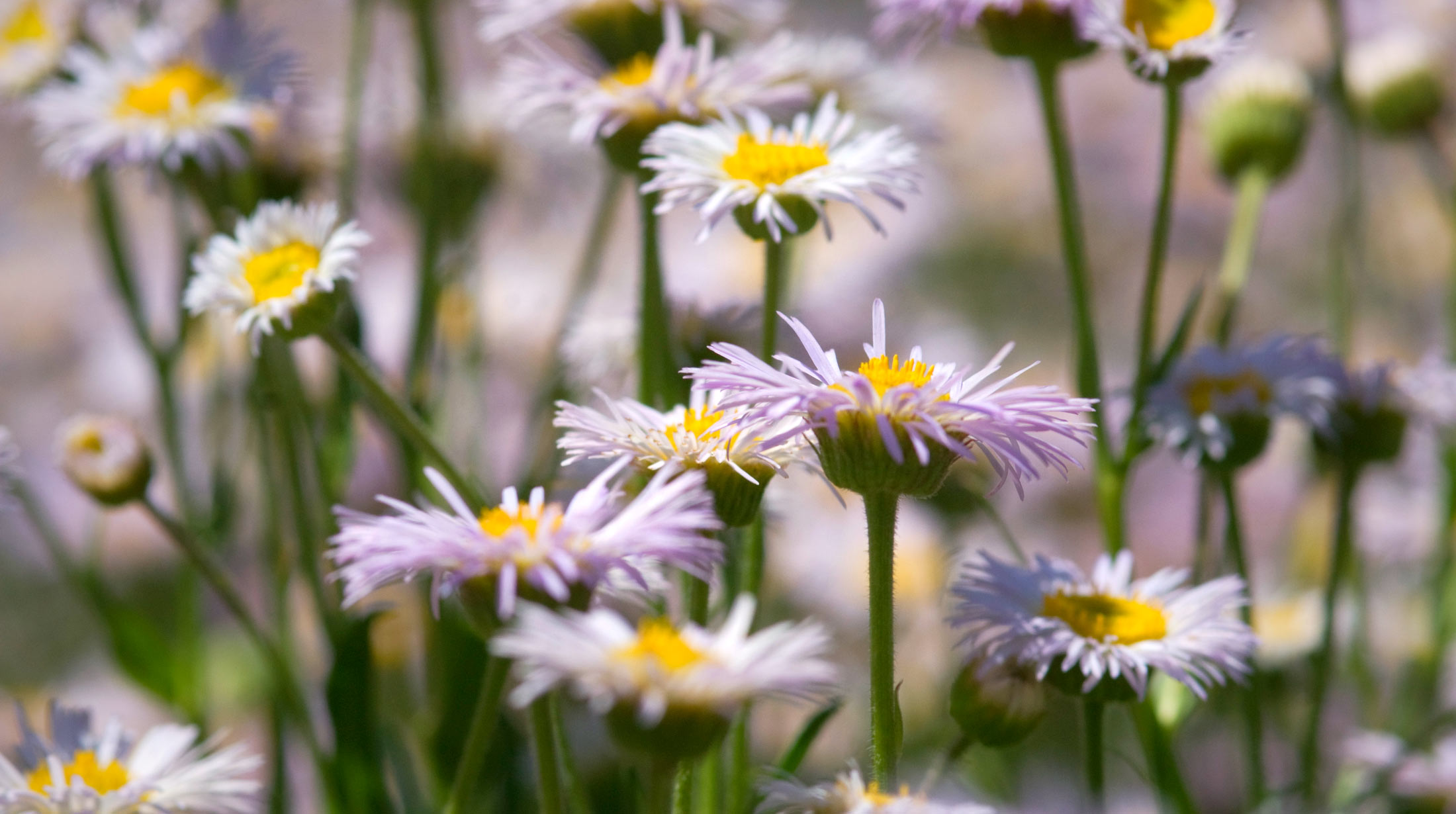
- After planting, apply a 1 – 2" layer of organic mulch such as compost or leaf mold. Be sure to keep the mulch away from stems.
- To preclude an overwhelming weeding situation later on, pull weeds as soon as they appear.
- For best results with container plantings, use larger containers and add organic matter such as compost to the soil to increase its water-holding capacity. Self- watering containers with their own reservoir will decrease watering frequency.
- Visit a local farmers' market and eat what’s in season now. Try something you haven't eaten before. The farmers will be happy to tell you what to do with their produce.
- Order bulbs from catalogs now for the best selection for fall planting. Bulbs will be shipped at the appropriate time for planting.
- Prune spring-blooming shrubs, such as rhododendron, immediately after they flower.
July
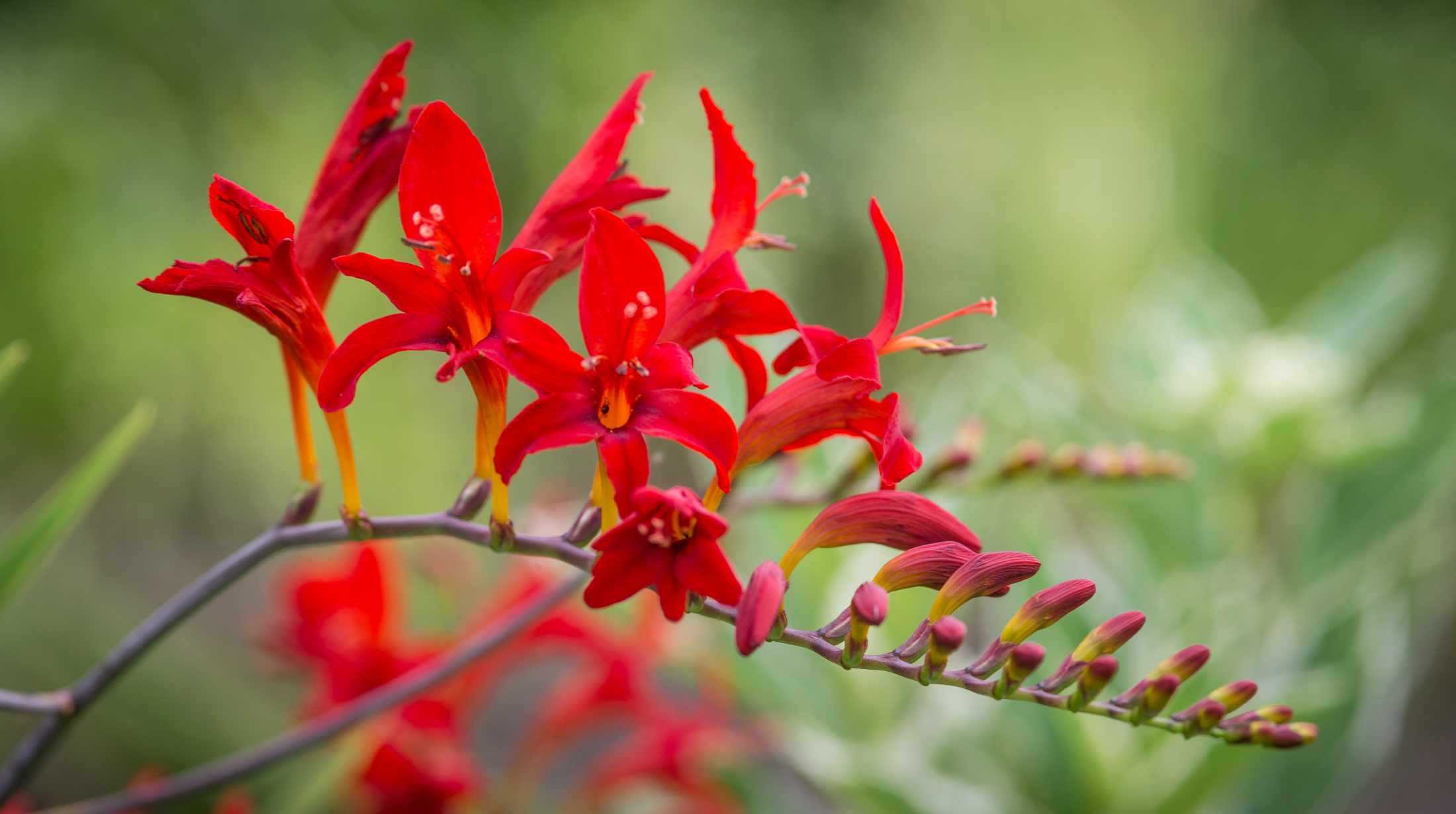
- Water deeply and infrequently for best results. Most plants need 1 inch of water per week. Established trees and shrubs should be able to go for weeks without supplemental water, especially if they are mulched.
- Container plantings may need watering daily.
- Start broccoli seeds for a fall crop.
- Take the time to pick flowers from your garden to enjoy inside or on the table at a picnic.
- Remove spent flowers to prolong blooming of most plants.
August
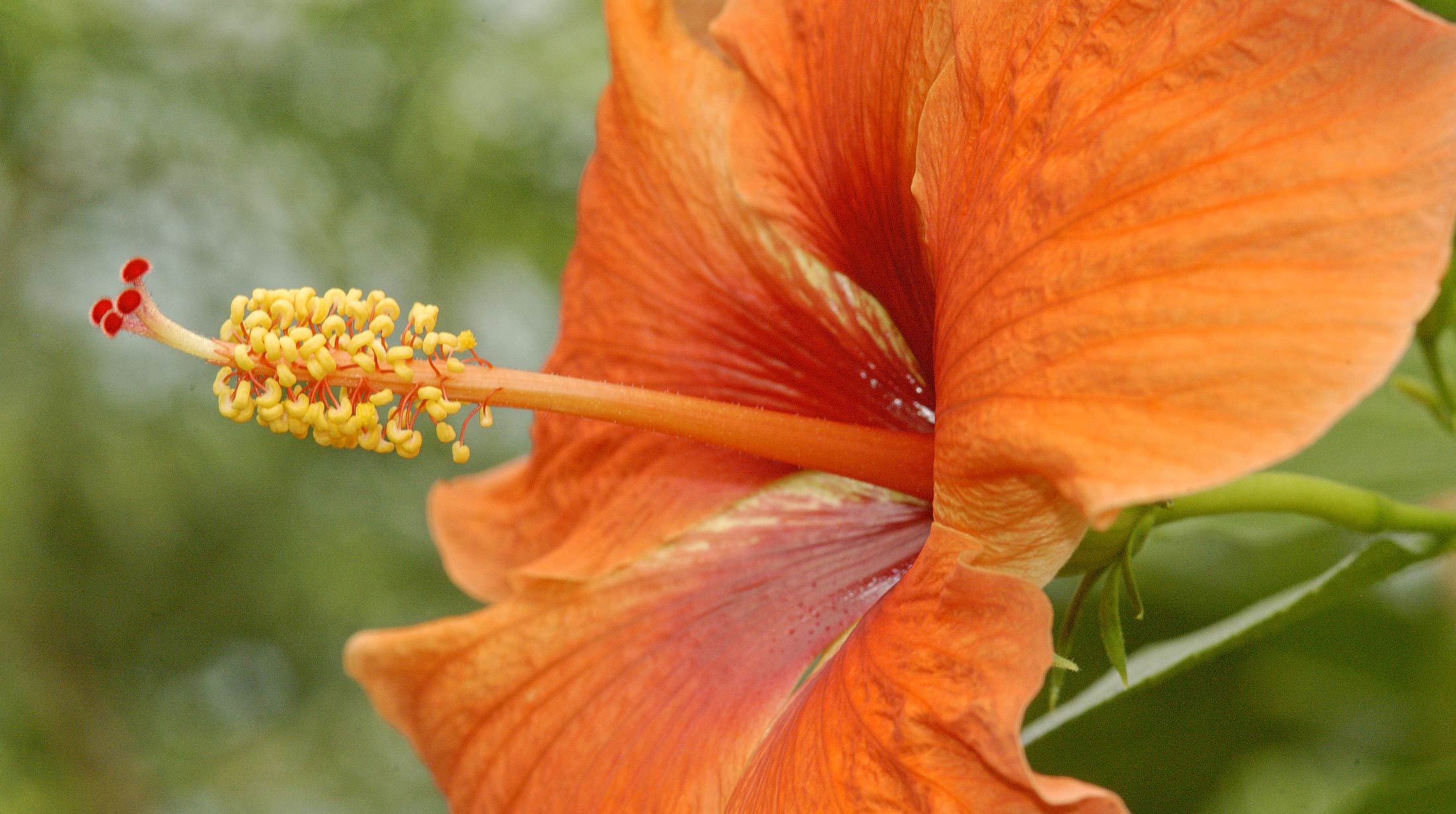
- Harvest vegetables as they are ready and enjoy! Try some new recipes. This is a great time to get in the habit of eating the recommended five or more servings of fruits and vegetables per day.
- Purchase bulbs locally as soon as they are available. Plant fall-blooming crocus and colchicum now for bloom next month.
- Mow the lawn high: 2 1/2 – 3 inches through the hot, dry summer season. This will encourage deeper rooting and help to shade out weeds.
- To enjoy dahlias as cut flowers, cut fully opened flowers early or late in the day. Remove leaves that would be below the water level of the vase. Place stems in warm water. For best results, cut 1/4 inch from the bottom of stems each day and place the stems in fresh water.
September
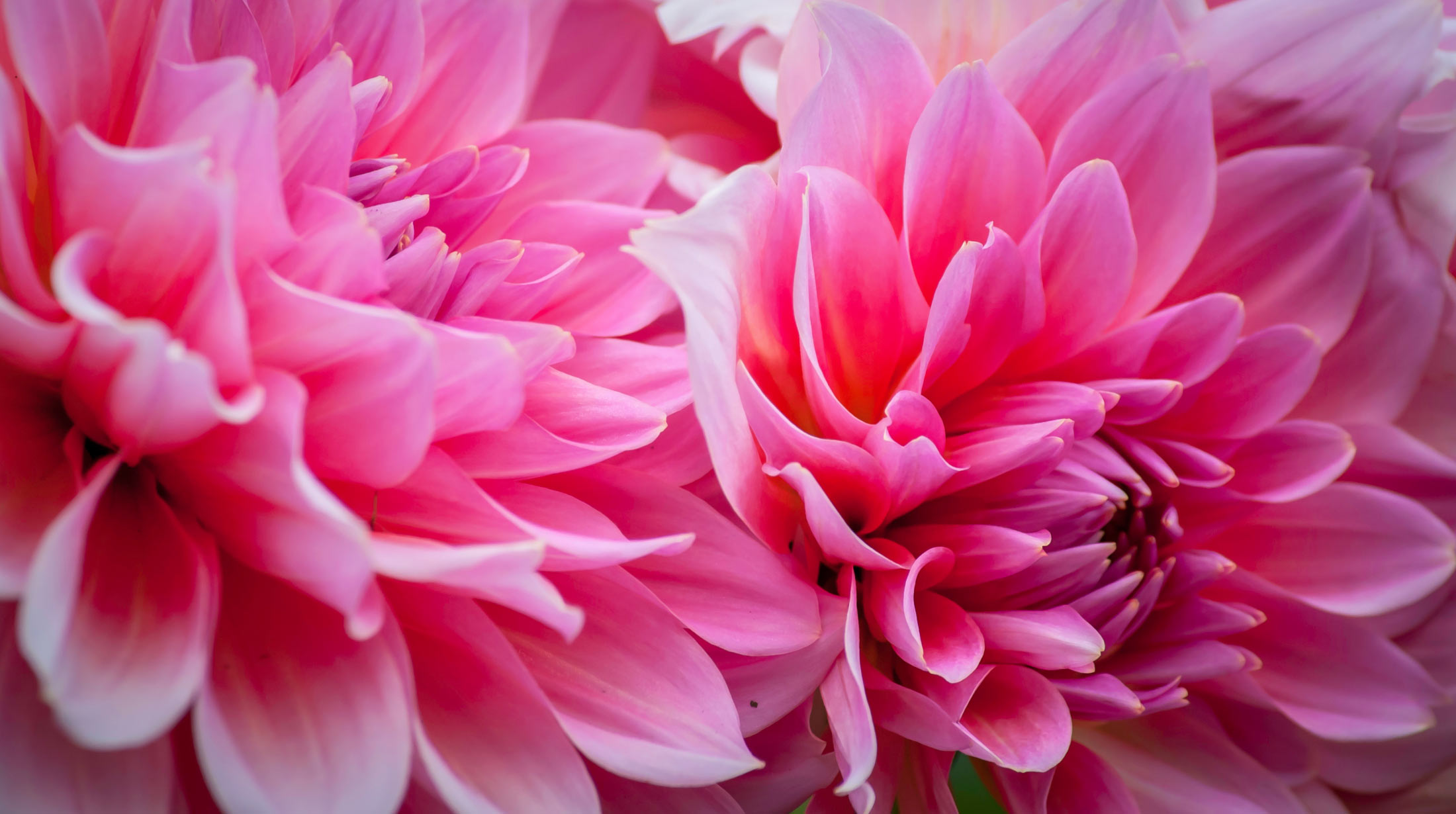
- Has your garden passed its peak? Add fall-blooming plants for a boost. Asters and flowering kale and cabbage are readily available now. Pansies will do well as the weather cools down and will bloom late into the fall.
- Continue to water and weed as necessary through the fall.
- Take notes on what you want to try next year. What needs to be moved or divided? Which plant would work perfectly in a particular spot?
- Allow some flowers, such as zinnias, to go to seed, in order to provide food for birds.
- Bring houseplants back inside before temperatures drop. First, wash them off with a strong spray of water from the garden hose to remove any insect pests.
- Plant new lawn areas, over-seed, aerate or de-thatch the lawn now; it's the best time of year for these projects.
- Divide spring- and summer-blooming perennials, such as bleeding hearts, geraniums and daylilies.
October
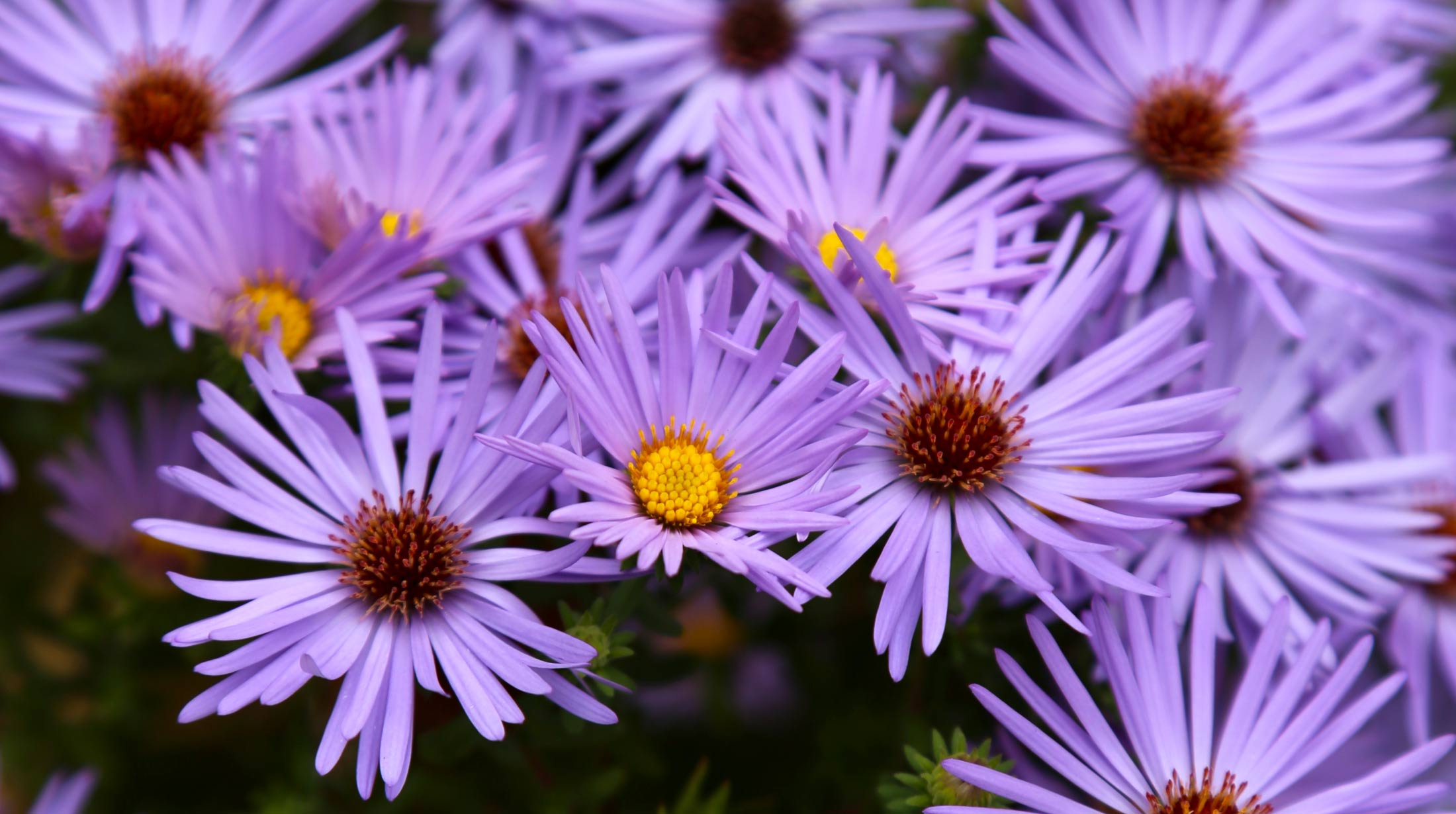
- Before the first frost, pick all green tomatoes and ripen them in a cool location inside.
- Plant spring bulbs; try something new along with the old standbys.
- Start a compost pile with fallen leaves for a great soil amendment next year.
- Cut back and discard foliage from peonies to minimize the potential for botrytis on next year's foliage.
- Don't cut back grasses; enjoy their form in the garden throughout the winter.
- Make a list now of gardening chores you need to perform in early spring and beyond. You may forget all your great ideas over the long winter.
- Do soil tests now, so you’ll be prepared to properly amend the soil in the spring. Penn State soil test kits are available at many nurseries and garden centers as well as at Phipps.
November
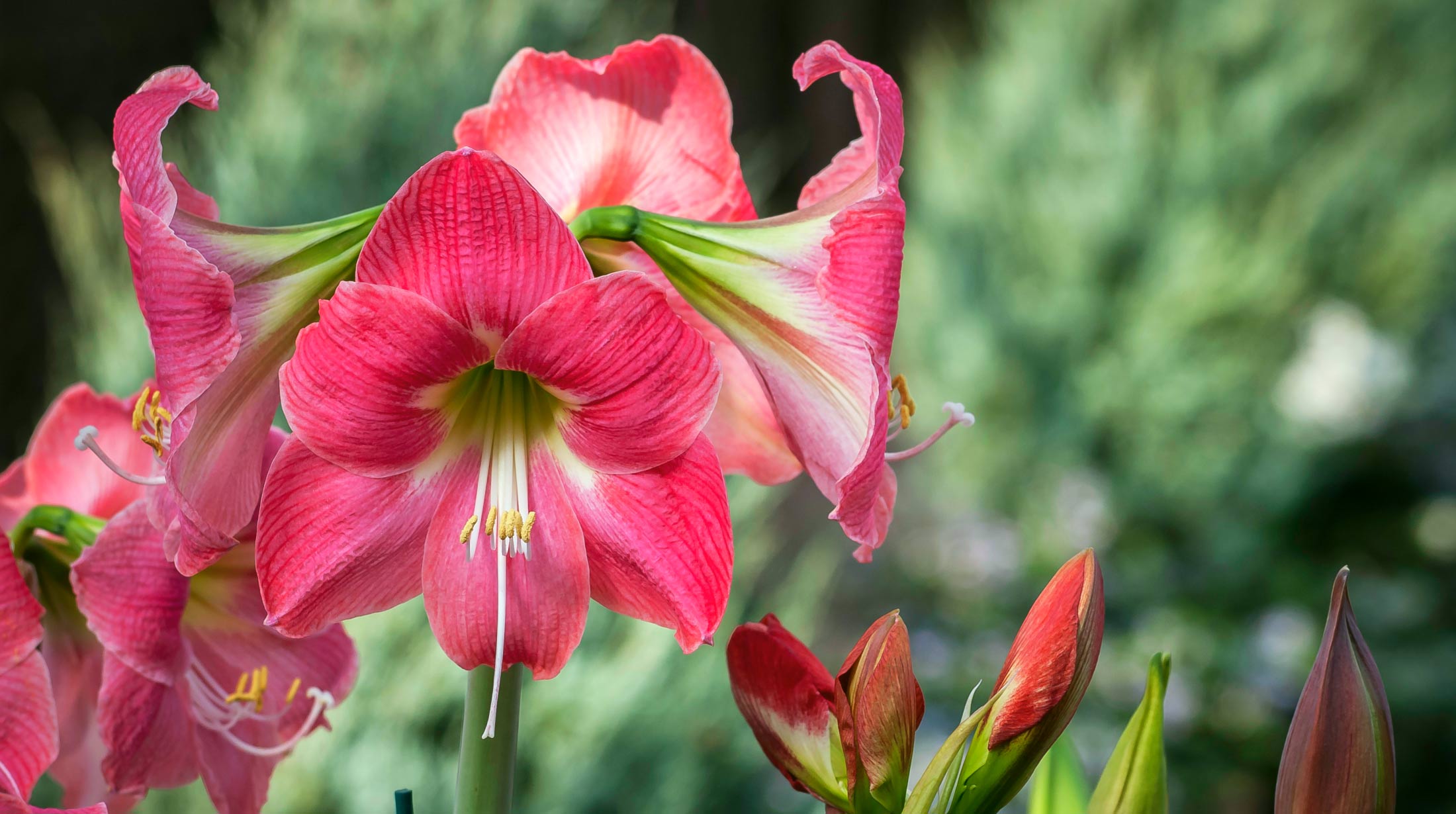
- Clean gardening tools using steel wool, then coat with motor oil.
- Rake leaves off lawn areas.
- Spray deer and rabbit repellent on vulnerable plants. Mark dates for follow-up sprays on the calendar.
December
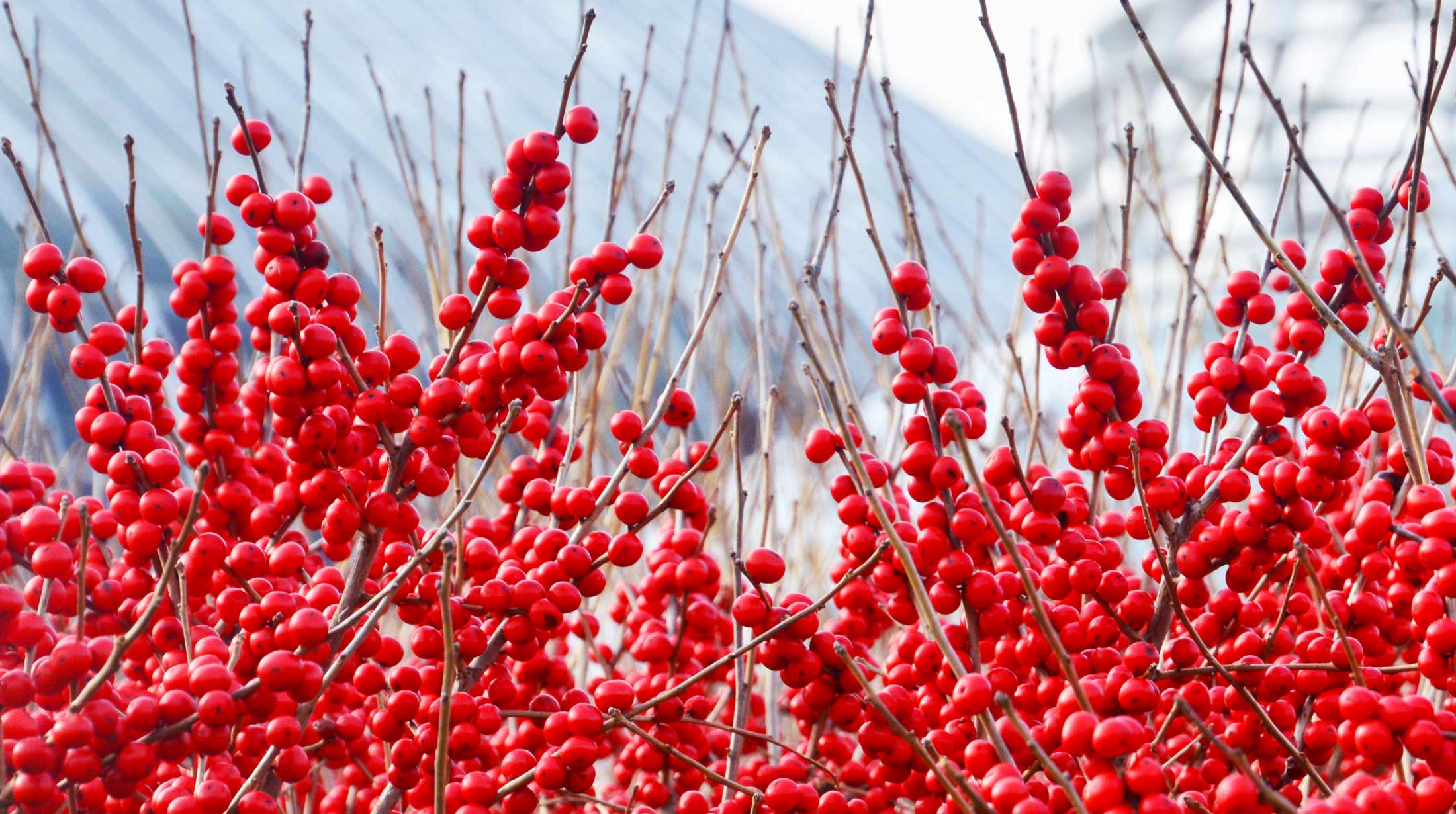
- When purchasing holiday plants, be sure they are completely covered before quickly taking them to your car. Do not leave plants in your car while you finish shopping; they will likely freeze.
- Place poinsettias and other blooming holiday plants in bright light, away from drafts, and keep the soil evenly moist.
- Plant paperwhite bulbs for blooms in 4 to 6 weeks; they’re perfect to enjoy yourself or to give as gifts.
- Amaryllis bulbs will grow quickly and produce large, beautiful blooms, usually in 6 to 8 weeks.
- Cut branches of evergreens, berried shrubs and ornamental grasses to spruce up your window boxes and add to your holiday decorating inside and out.
Photos © Paul g. Wiegman, Joel Perkovich, Brad Fetchin




